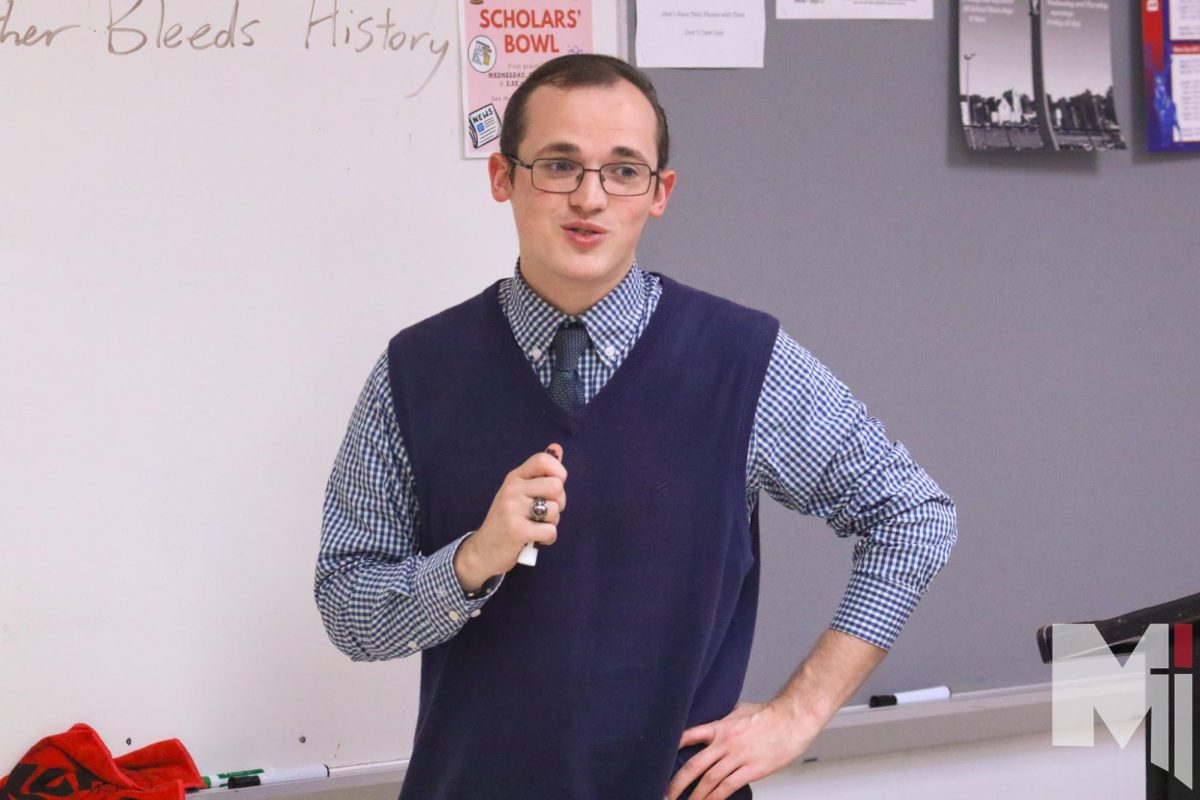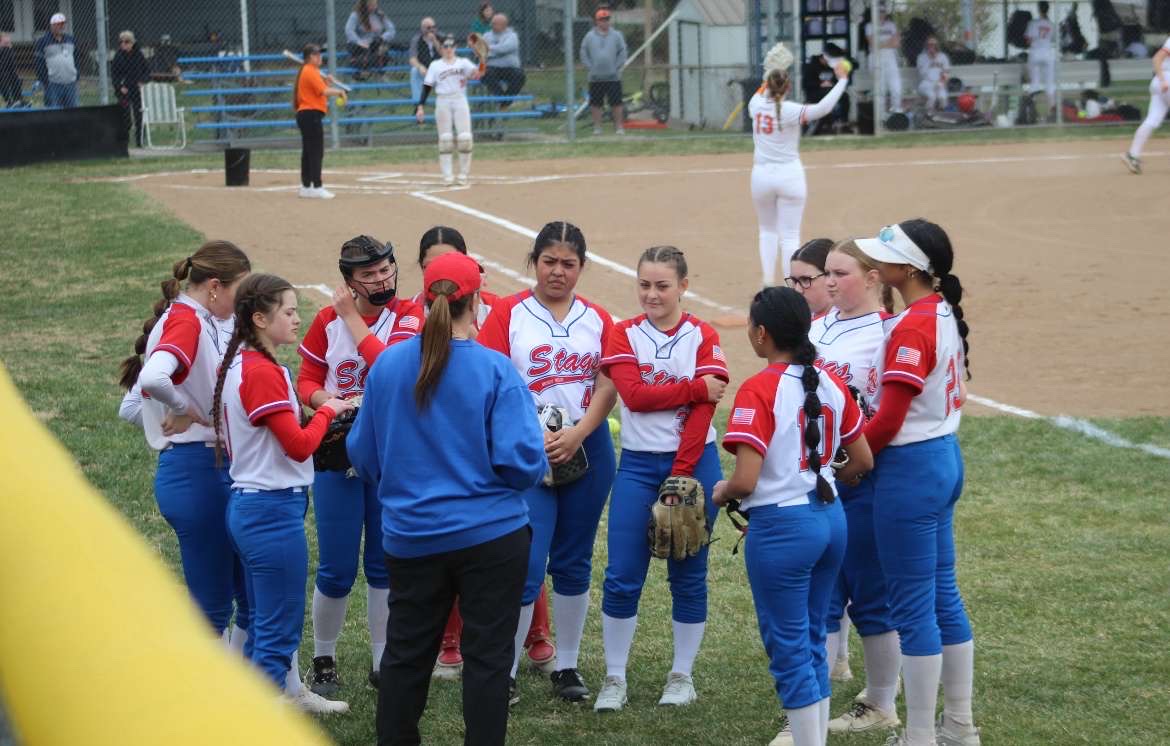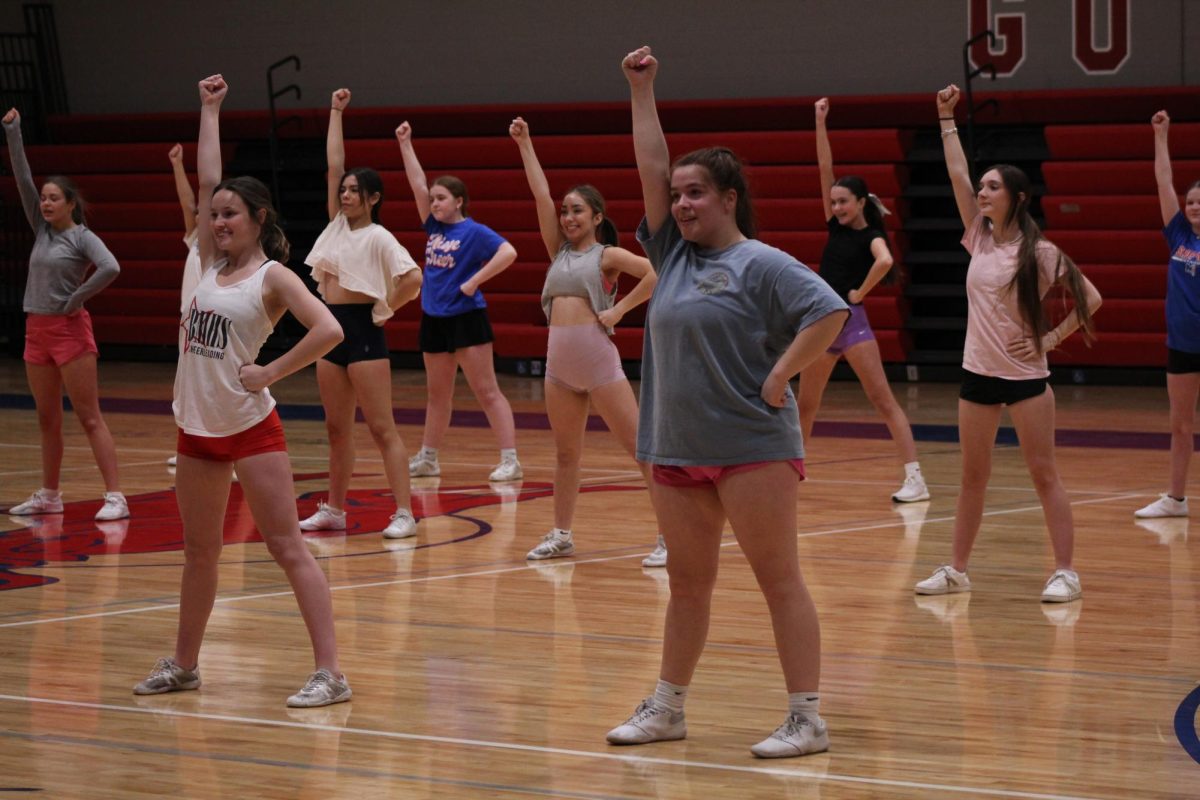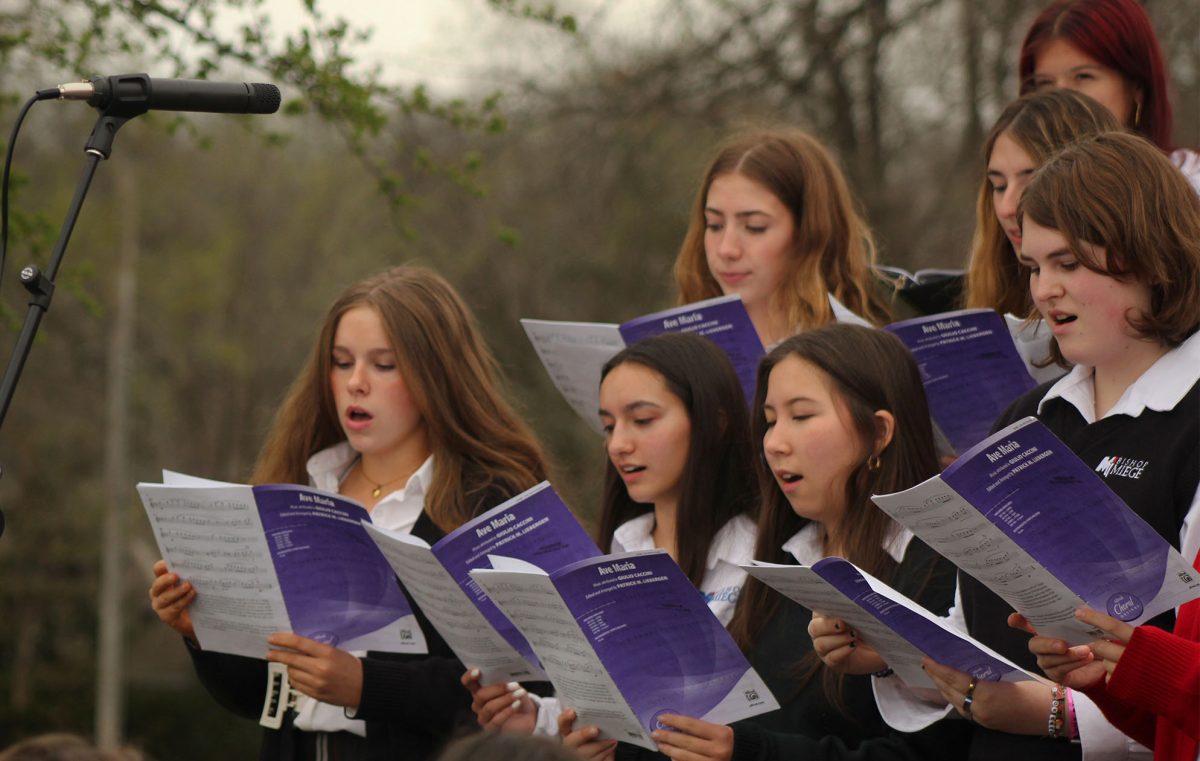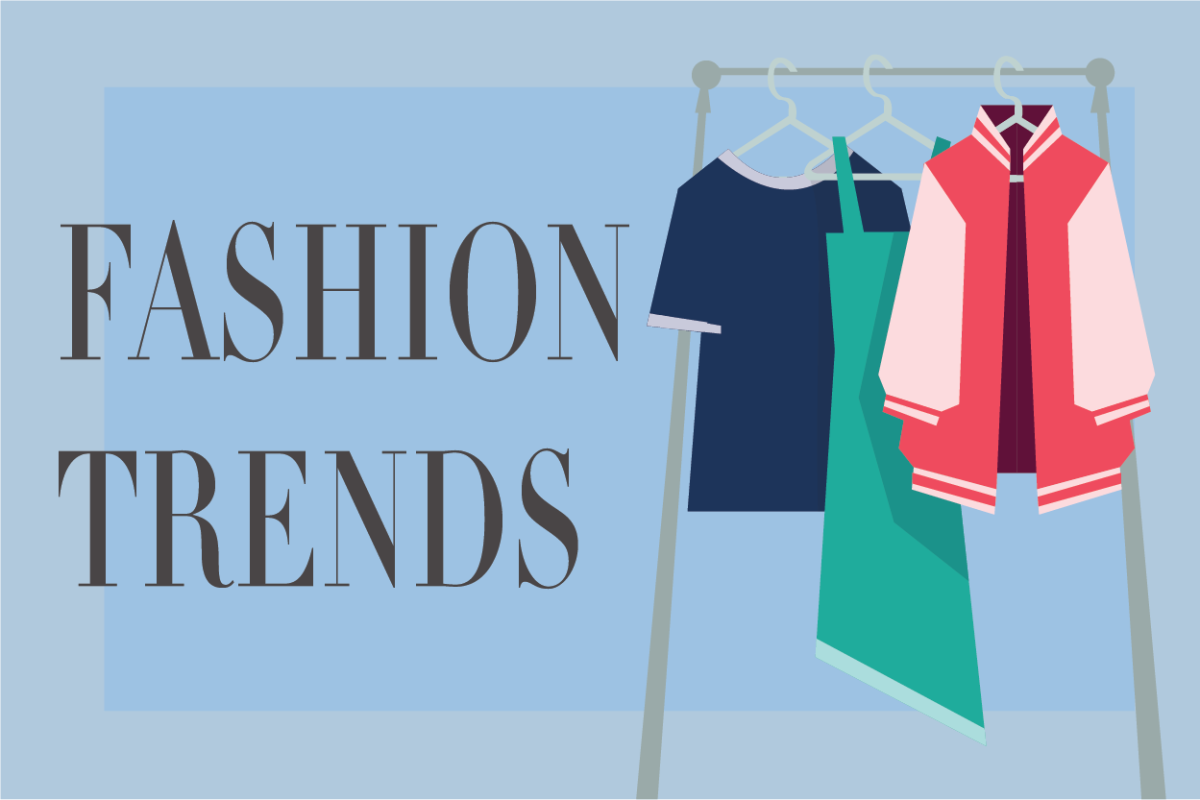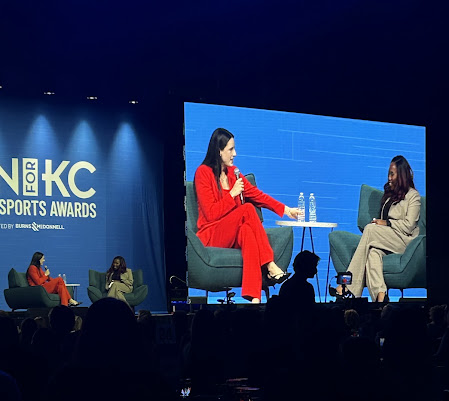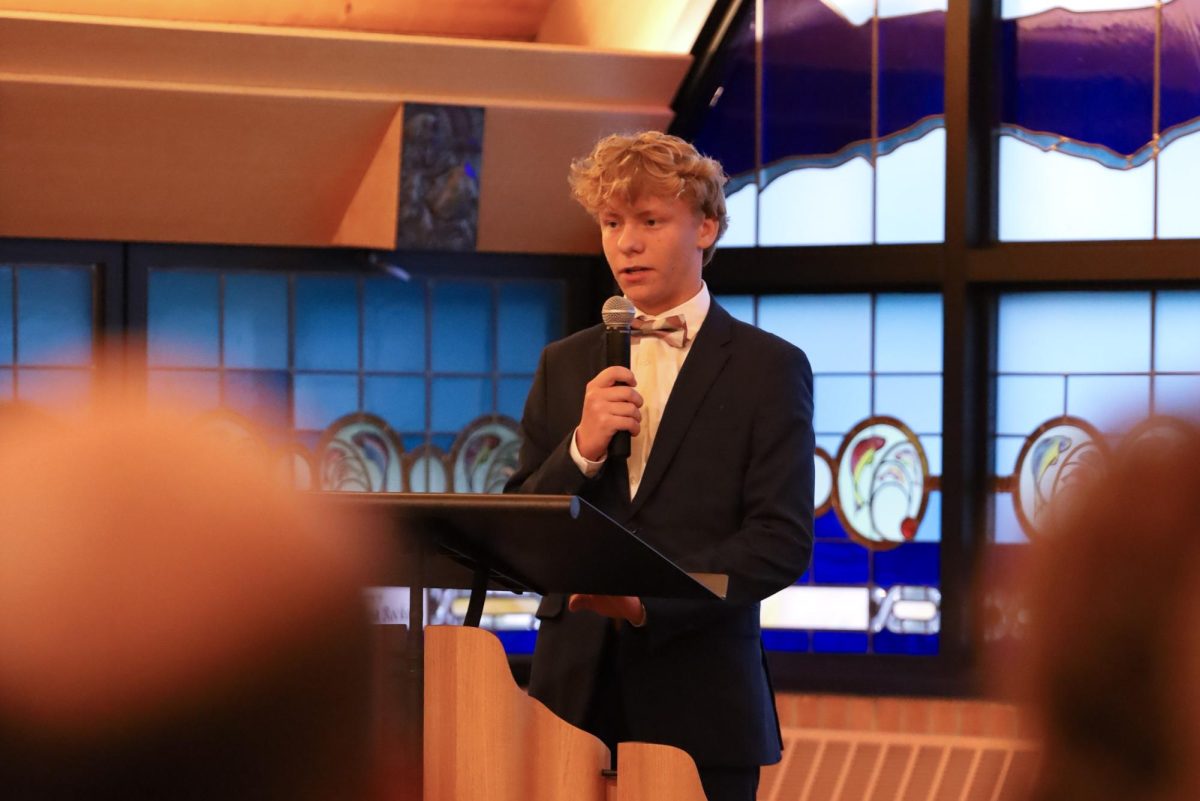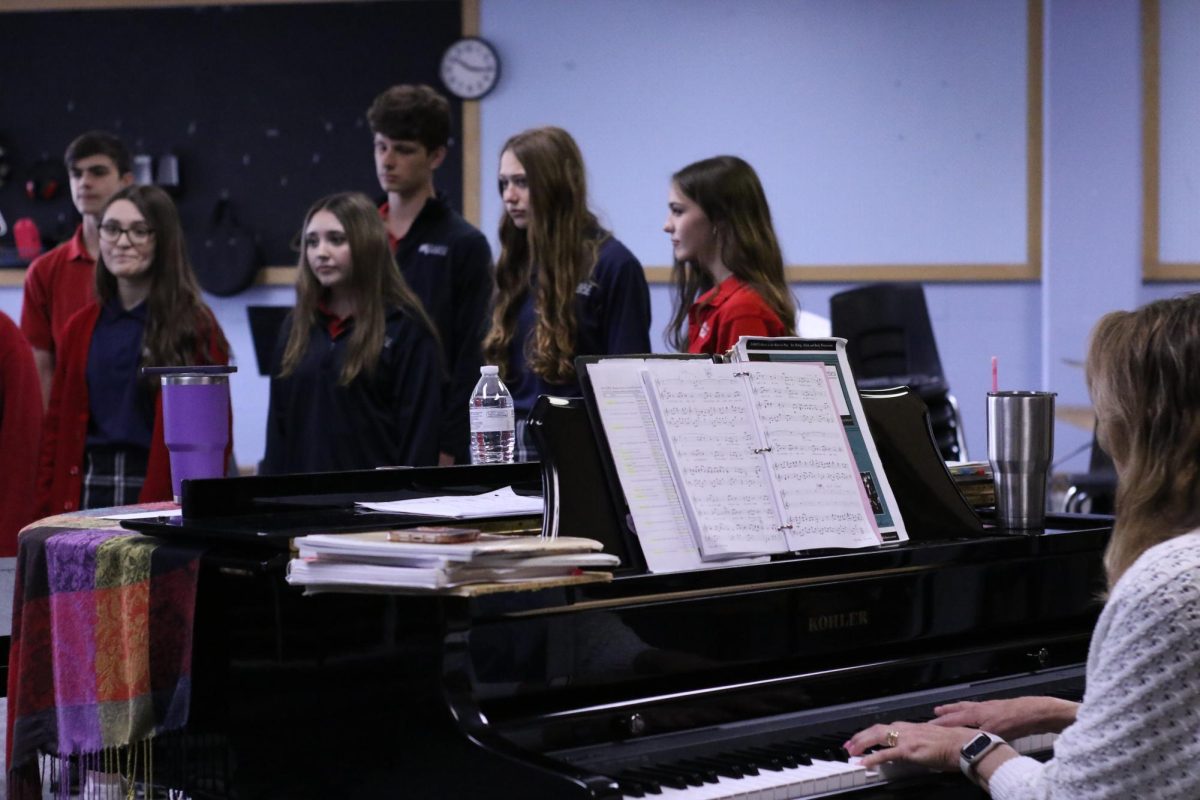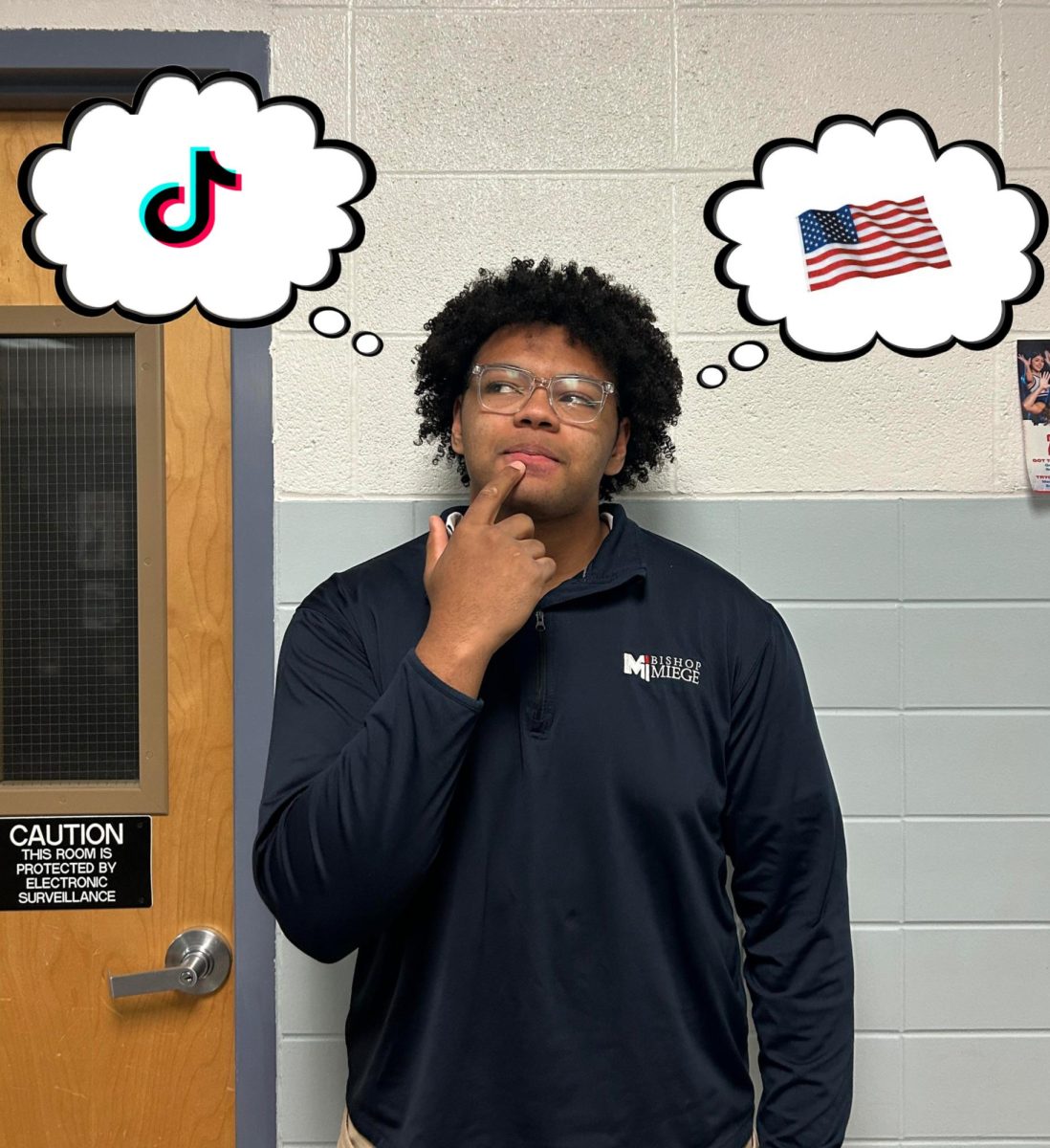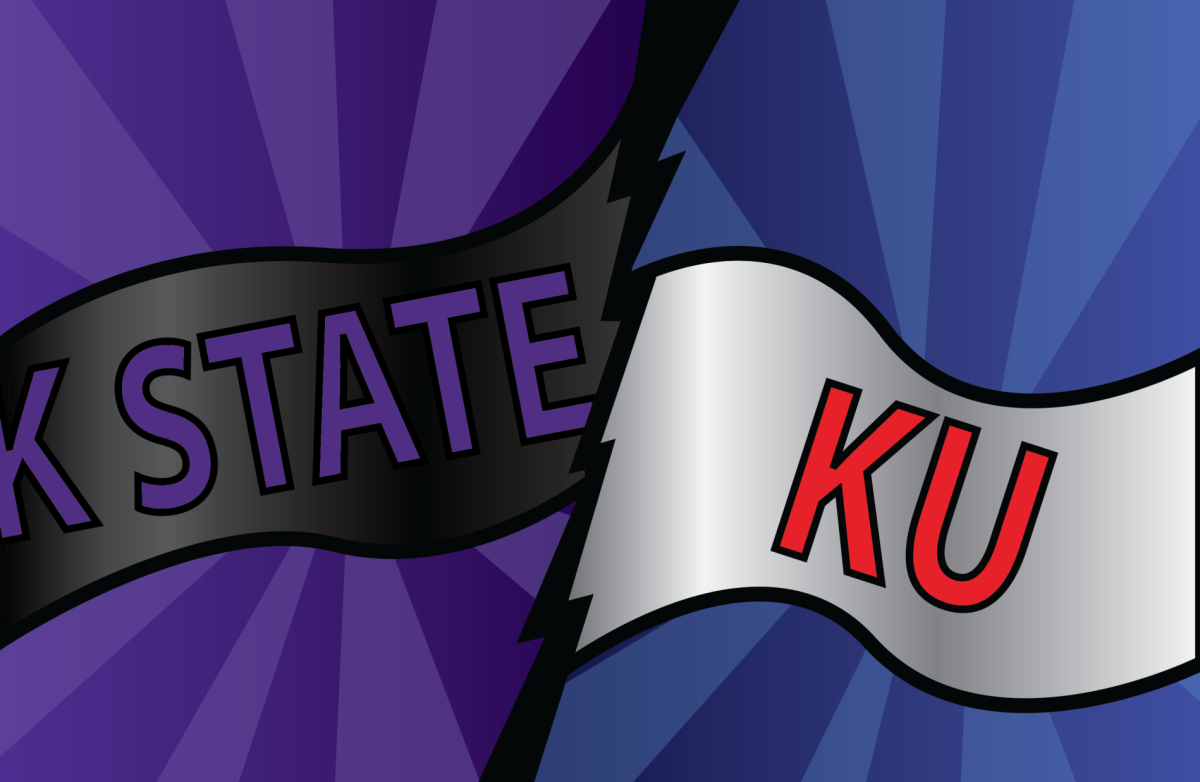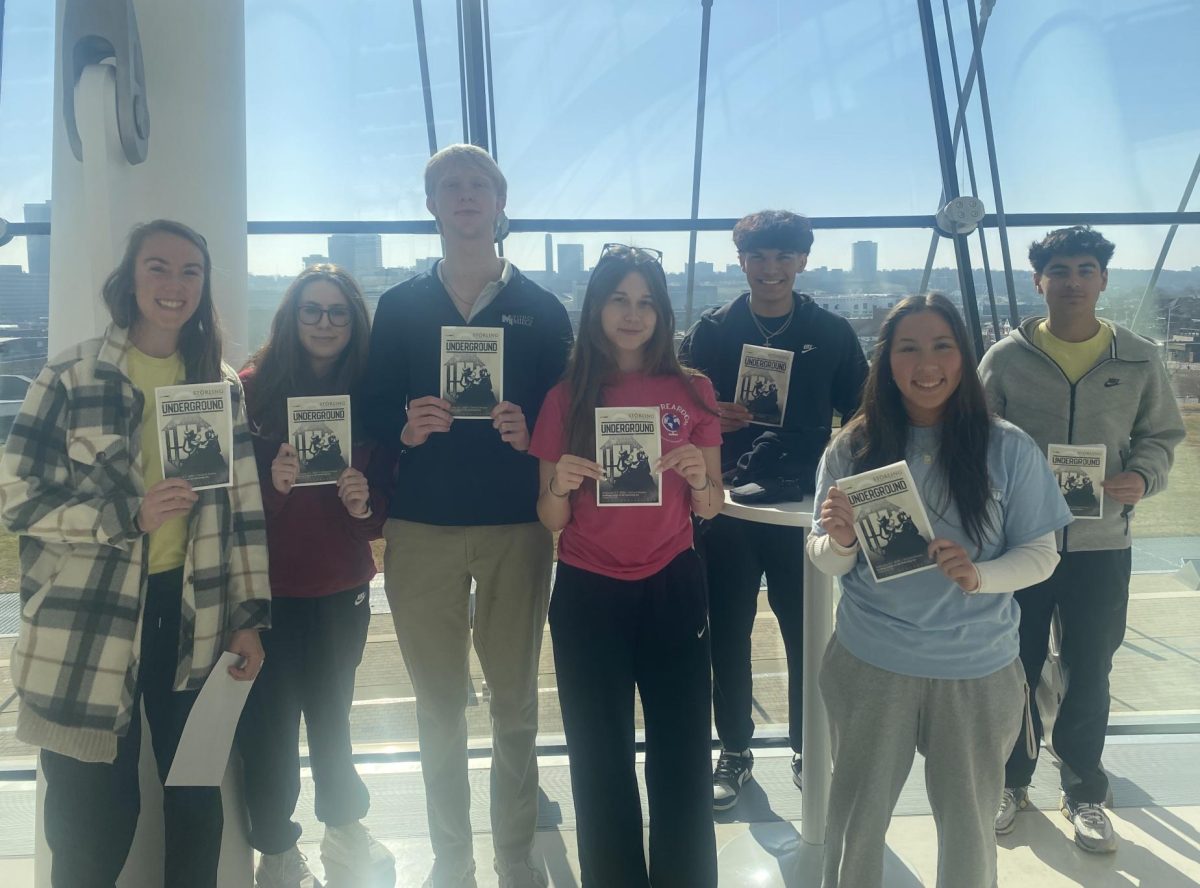The classroom door opens wide as English teacher Jacob Taylor greets his students with a smile and a sweater vest. Taylor’s tip-top fashion choices have never been a topic of deep discussion for him but he still recognizes his ability to dress and dress well.
Taylor learned how to practice organizational skills to make teaching fun but style made this more natural for him. His sense of style combines elements of different textures and vibes.
“I try to dress in what I think of as cozy professional attire where I get to wear things that make me happy like bow ties,” Taylor said. “Then I have something that keeps me nice and warm.”
Taylor’s fashion choices are intentional, rooted in his instincts and behavior in the workplace.
“I feel like you have to have something else to tie it together, compositionally,” Taylor said. “It sort of evolved naturally just out of my inclinations.”
According to Taylor, his bow-ties and slacks have not changed much from his time in a Catholic school system.
“I usually wore a polo and jeans,” Taylor said. “I was just so used to dressing like a Catholic school student. I sort of continued that trend.”
For academics, Taylor has been involved in that side of school since he was a teen and acts as the assistant coach for the scholars bowl team.
“I’ve always liked writing and reading, maybe obvious as an English teacher,” Taylor said. “I did scholars bowl when I was a student in high school, and I loved it.”
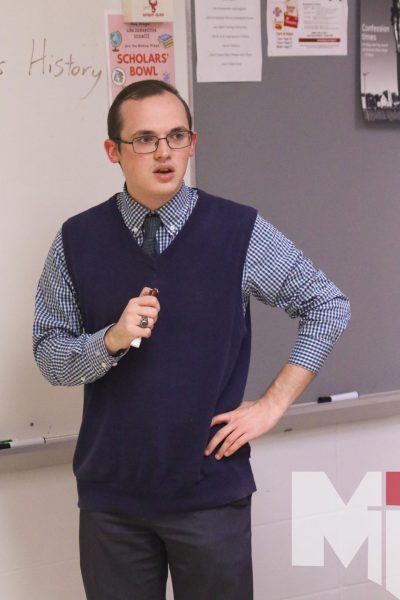
He sees how organization and fashion sense could be related in some ways but believes people are more than what they wear.
“I could see a correlation between organization and style and disorganization and style, but I wouldn’t want to read too much into that,” Taylor said. “I especially wouldn’t want to assume that it has something to do with intelligence.”
Taylor places emphasis on how a student performs in class, rather than how they might present themselves.
“School performance and organization definitely can be related,” Taylor said. “I would never know how to look at somebody like that’s a sloppy person based on their clothes.”
According to Taylor, his choices for clothing also influenced his teaching style to an extent, especially when he first started as a student teacher his senior year of college.
“To sort of create a sense of, ‘Hey, I’m an adult and I am in charge of this classroom,’” Taylor said. “It was important to me to dress like an older person and establish that disconnect.”
Taylor has not changed his style much since but recognizes how integral it was in his youth to start dressing differently in a school setting.
“I think it allowed me to project myself as someone who was mature and confident and capable,” Taylor said.
According to Taylor, the idea of a dress code differs from individual style and teaches how to dress professionally for the workplace as an adult.
“If you have to dress in a sort of professional way, there’s an attitude that comes with that as a student,” Taylor said. “Also, you don’t have to think about it so much.”
In a world where presentation is important, Taylor also notes how students could learn necessary life-skills from picking out their clothes in the morning versus putting on a uniform.
“On the one hand, it prepares you for adulthood if you have to think about how to dress, but on the other hand, I’d worry that it becomes so much of a social battle at school,” Taylor said.


